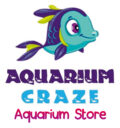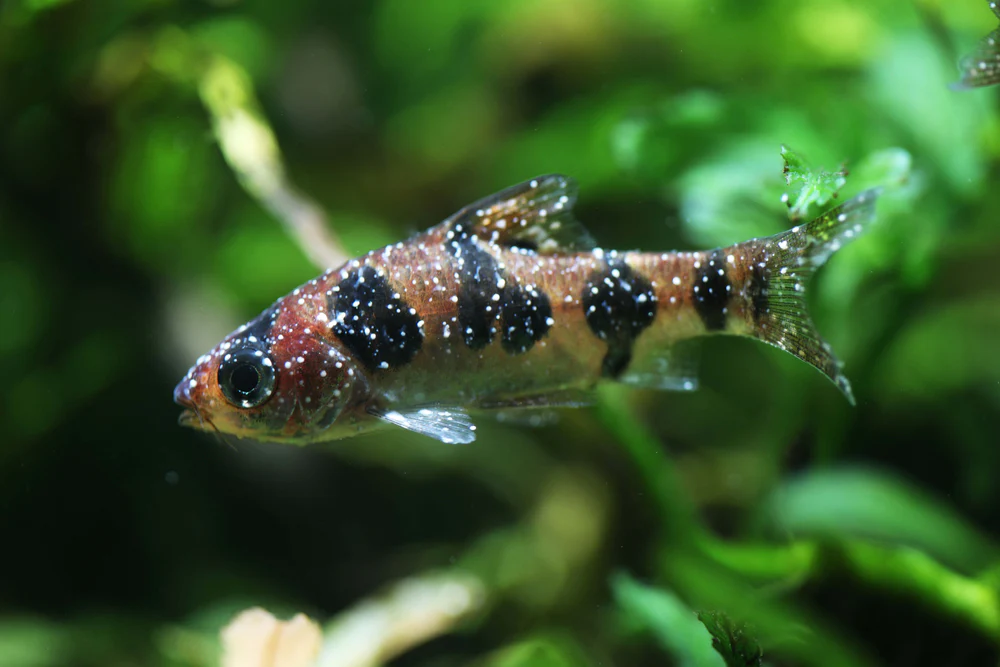White spot disease, also known as Ichthyophthirius multifiliis or simply “Ich,” is one of the most common and frustrating ailments for fish keepers. Characterized by small white cysts on the skin, gills, and fins, this parasitic infection can spread rapidly and cause significant harm if not treated promptly. In this comprehensive guide, we’ll explore effective white spot fish treatment methods, preventative measures, and how to ensure your aquarium remains a healthy environment.
Understanding White Spot Disease
Before diving into white spot fish treatment, it’s essential to understand the disease’s lifecycle and how it affects your fish. White spot disease is caused by the protozoan parasite Ichthyophthirius multifiliis. This parasite attaches itself to the fish, feeding on its skin and gills, leading to irritation, respiratory distress, and, if untreated, death.
The lifecycle of Ich includes several stages:
- Trophont Stage – The parasite attaches to the fish, forming visible white spots.
- Tomont Stage – After detaching, it encysts and reproduces.
- Theront Stage – The free-swimming infective stage that seeks a new host.
Understanding this cycle is crucial for effective white spot fish treatment, as treatments are most effective during the Theront stage.
Recognizing Symptoms of White Spot Disease
Early detection is key to successful white spot fish treatment. Look out for these common symptoms:
- Small white spots on the skin, gills, and fins
- Rubbing or scratching against objects
- Laboured breathing
- Loss of appetite
- Lethargy and erratic swimming
Effective White Spot Fish Treatment Methods
- Increasing Water Temperature
How to Apply
- Gradually increase the temperature by 1-2°F per day.
- Monitor fish behavior to avoid stress.
One of the simplest and most effective white spot fish treatment methods is raising the aquarium’s temperature. Increasing the temperature to 78-82°F (25-28°C) speeds up the parasite’s lifecycle, making it more susceptible to treatments.
2. Increase Oxygen
Maintaining optimal oxygen levels in your aquarium is crucial for the health and well-being of your aquatic life. Adequate dissolved oxygen (DO) supports essential biological processes, promotes efficient waste breakdown, and fosters a balanced ecosystem
Recommended Budget Friendly Aquarium Temperature Controller / Thermometer / Oxygen Pump
Aquarium Temperature Controller:
- 100% Stainless steel
- Antirust proof
- Budget friendly
- Easy user friendly
- Auto on and off
- 4 Star rating
1. Sobo Ultra Short Stainless Steel Heating Rod 100 Watts suitable for less than 200 liters aquarium. Not recommended for saltwater aquarium
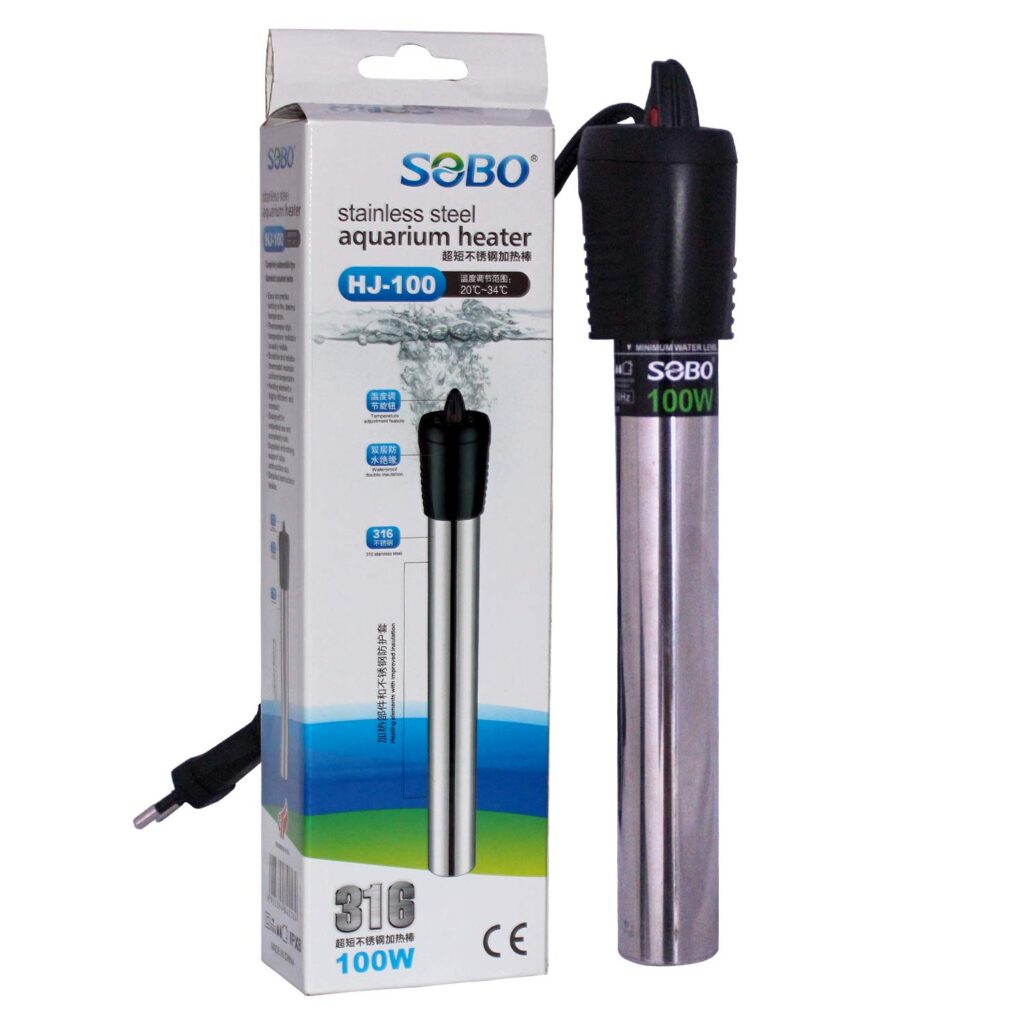
2. Sobo Stainless Steel Aquarium Heating Rod 300 Watts suitable for 300 to 500 liters aquarium. Not recommended for saltwater aquarium
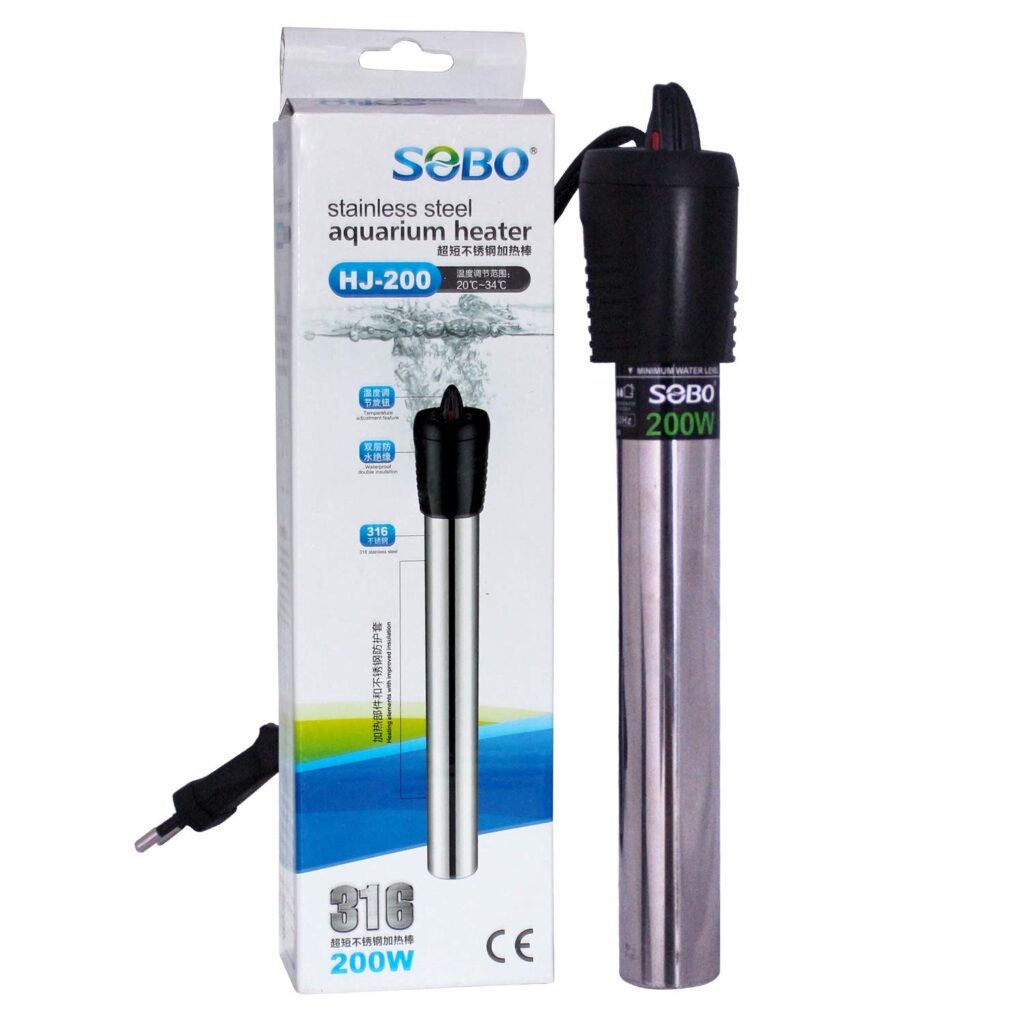
Aquarium Thermometer:
- Zacro Glass LCD Digital Aquarium Thermometer We recommend to use an aquarium thermometer to constantly monitor the temperature.
- Clear and accurate temperature view of the aquarium
- Easy user manual
- Budget friendly
- 4+ star rating on amazon
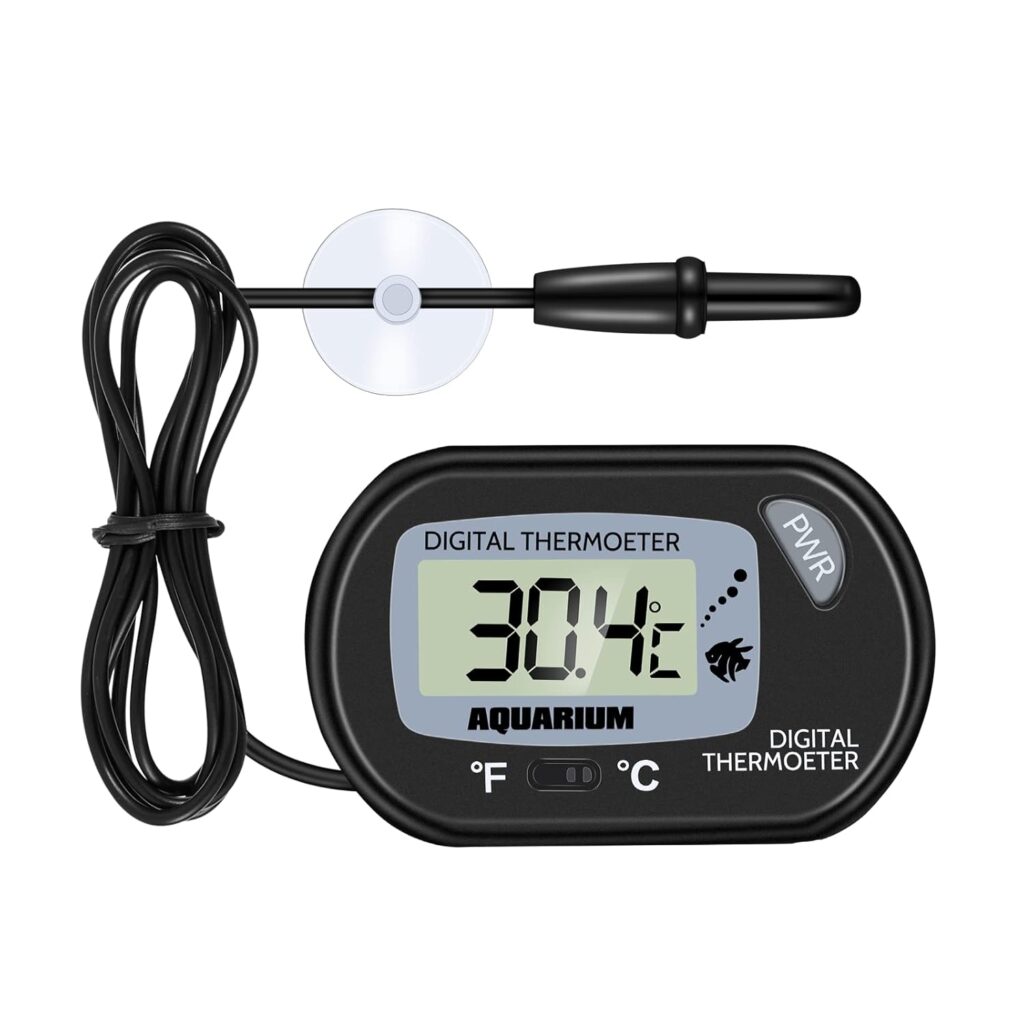
Aquarium Oxygen pump
1. Despacito Silent and Adjustable Oxygen Pump with Air Stone
- Noiseless pump
- 86% positive ratings from 5K+ customers
- 1K+ recent orders from this brand
- 6+ years on Amazon
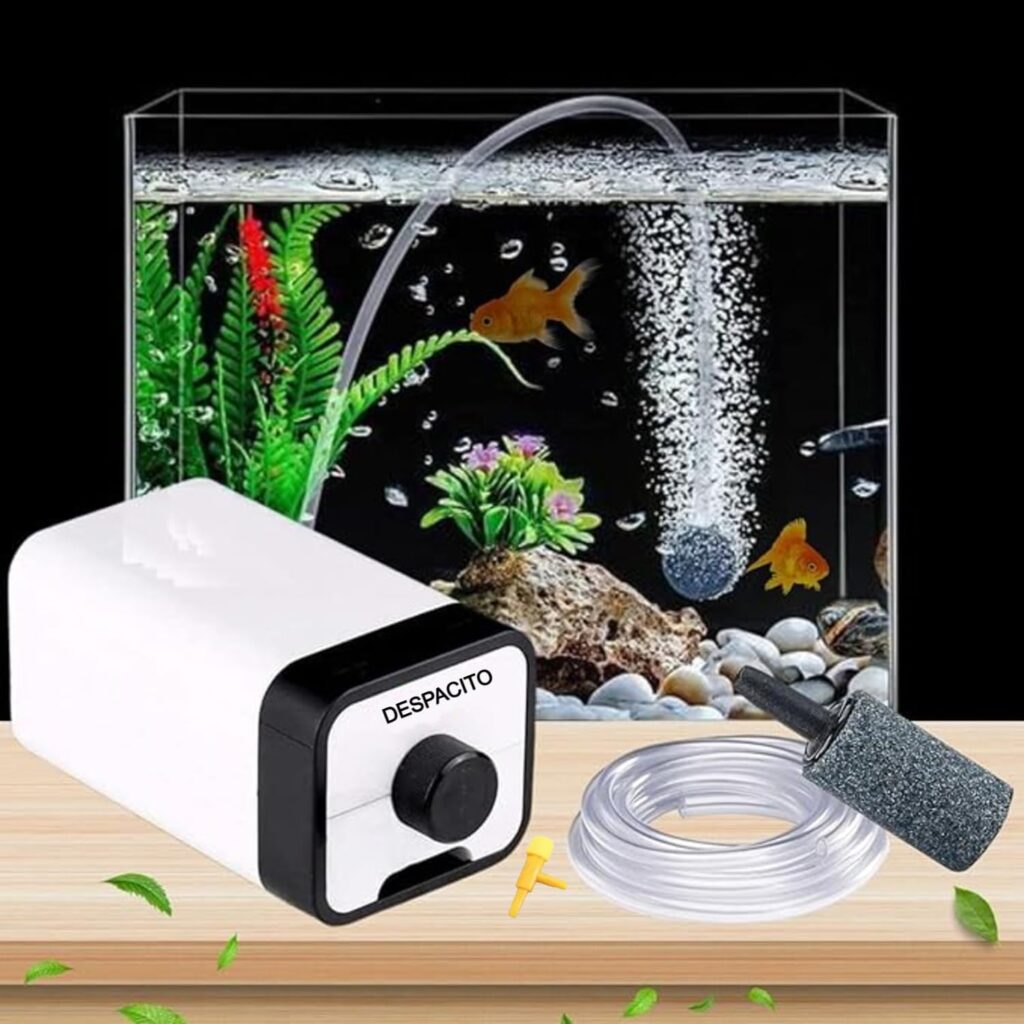
3. Medicinal Treatments
Over-the-counter medications are widely available for white spot fish treatment. Look for treatments containing malachite green, formalin, or copper sulfate.
Application Tips:
- Follow the manufacturer’s dosage instructions carefully.
- Remove activated carbon from filters to prevent medication absorption.
- Perform partial water changes as recommended.
Recommended ick medicine for fish:
1. API Liquid Super Ick Cure, 150 ML Dose as recommended by the manufacturer
- Treats White Spot Diseases
- Use at First Signs Of Ich
- Adds Slime Coat Protection
- 91% positive ratings from 5K+ customers
- 1K+ recent orders from this brand
- 10+ years on Amazon

4. Salt Baths
Salt is a natural antiseptic and can be highly effective in treating Ich.
- We recommend API Aquarium Salt, 454 g use the aquarium salt dose according to the manufacturer instruction.
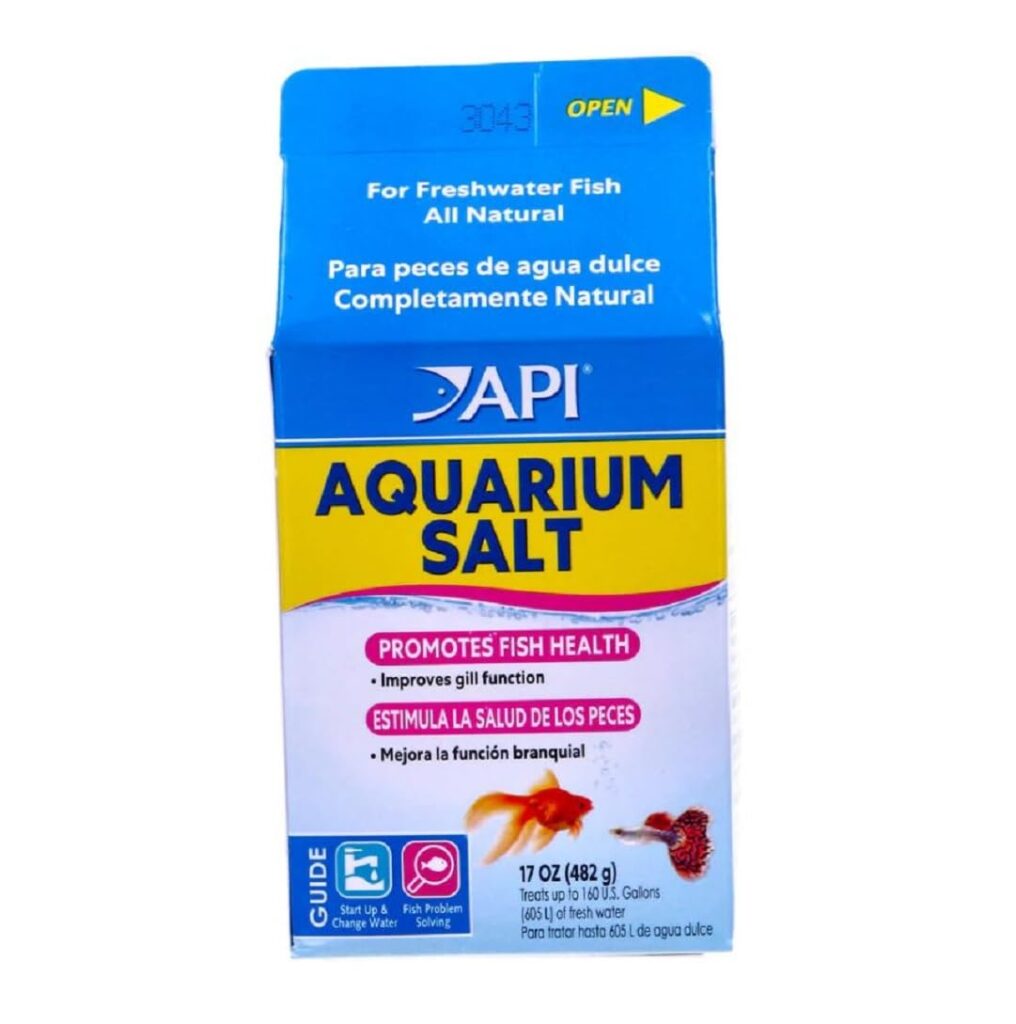
4. Quarantine and Isolation
Isolating infected fish can prevent the spread of the disease.
Steps to Quarantine:
- Set up a separate tank with clean, treated water.
- Maintain optimal water conditions and temperature.
- Administer white spot fish treatment medications in the quarantine tank.
Preventing White Spot Disease
Prevention is always better than cure. Here are some strategies to minimize the risk of an Ich outbreak:
1. Quarantine New Fish
Always quarantine new fish for at least two weeks before introducing them to your main tank. This step allows you to monitor for any signs of illness.
2. Maintain Optimal Water Conditions
Poor water quality is a significant stressor that can make fish more susceptible to disease.
Tips for Healthy Water:
- Regularly test water parameters.
- Perform weekly water changes.
- Avoid sudden temperature fluctuations.
3. Proper Nutrition
Healthy fish have stronger immune systems. Feed a varied and balanced diet to help your fish resist infections.
4. Minimize Stress
Stress weakens fish immune systems, making them more vulnerable to diseases like Ich. Avoid overcrowding, sudden changes in lighting, and aggressive tank mates.
Natural Remedies for White Spot Fish Treatment
Some aquarists prefer natural remedies over chemical treatments.
1. Garlic
Garlic has natural antiparasitic properties and can boost fish immunity.
How to Use:
- Add crushed garlic to fish food.
- Feed the medicated food for several days.
2. Herbal Extracts
Herbal remedies like tea tree oil and neem extract have been reported to aid in white spot fish treatment.
Caution:
- Use only products labeled safe for aquariums.
- Monitor fish closely for adverse reactions.
Post-Treatment Care
After completing white spot fish treatment, it’s crucial to continue monitoring your aquarium.
Post-Treatment Steps:
- Perform significant water changes.
- Replace activated carbon in the filter.
- Monitor fish for recurring symptoms.
- Maintain optimal water parameters.
Conclusion
Dealing with white spot disease can be challenging, but with timely and effective white spot fish treatment, you can protect your aquatic pets and restore your aquarium’s health. By understanding the disease, recognizing symptoms early, and applying the right treatment, your fish can recover fully and thrive. Regular maintenance, proper nutrition, and preventative measures will go a long way in keeping white spot disease at bay.
Keep this guide handy, and your aquarium will remain a vibrant and healthy environment for your fish to flourish.
- 10 Must-Have Aquarium Maintenance Tools You Can’t Live Without!
- Say Goodbye to Fish Lice Forever! The Ultimate Treatment Guide
- Anchor Worms Are Attacking Your Fish! Learn How to Eliminate Them FAST
- Miraculous Betta Fish Fin Rot Treatment – You Won’t Believe How Easy It Is!
- Is Your Fish’s Tail Falling Apart? Discover the Best Fin Rot Treatment That Works!
- Cotton Wool Disease in Fish: Causes, Symptoms & Effective Treatments
- White Spot Fish Treatment: Effective Methods to Protect Your Aquarium
- Effective Dropsy Fish Treatment You Need to Try – Save Your Fish Today!
- How to Set Up a Cichlid Aquarium: A Complete Guide
